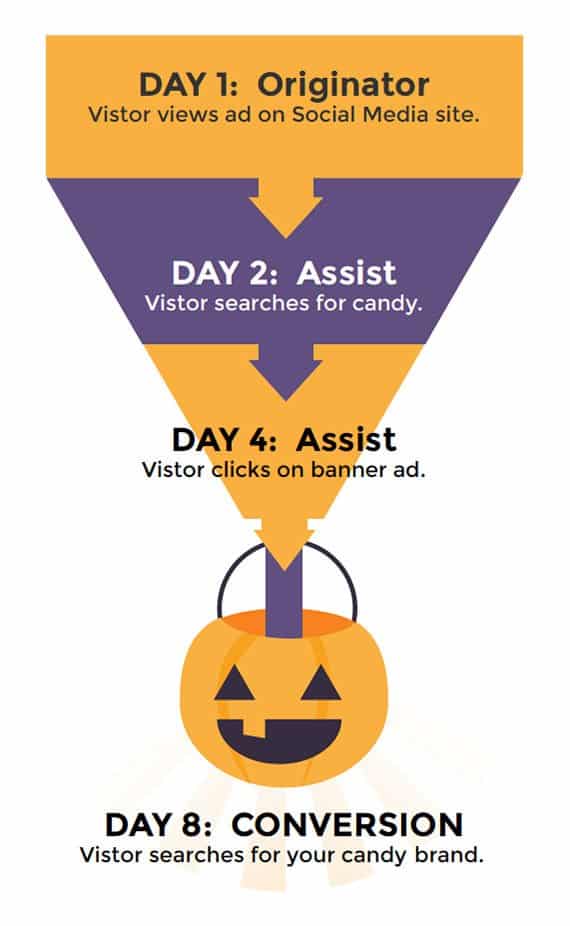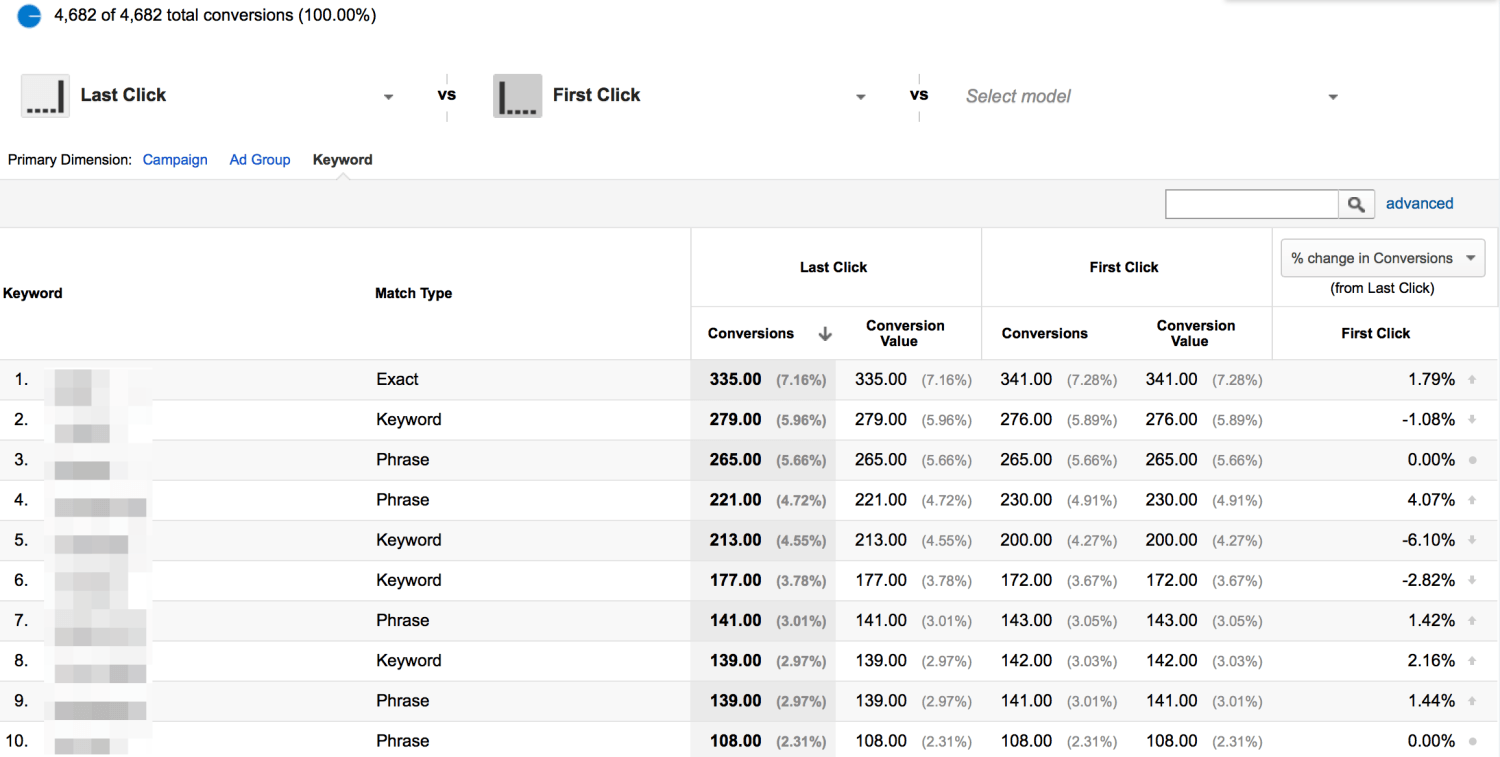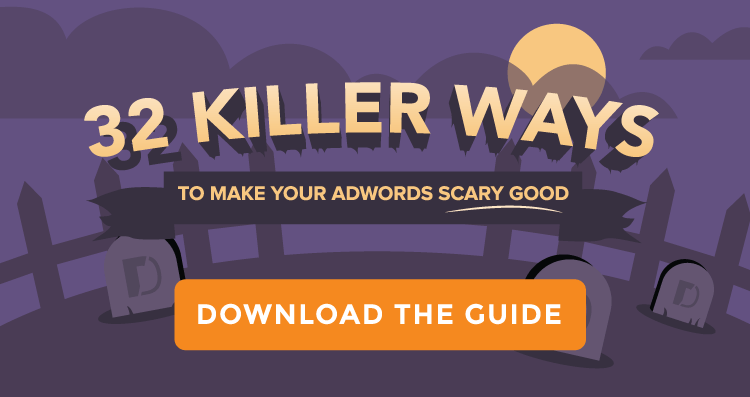The Secret Sweetness to the AdWords Attribution Model
by Allison Otting • October 29, 2014
Trick or treat. Either you know what’s causing conversions or you don’t.
The AdWords attribution model within PPC as a whole is a hot topic nowadays. The reason why attribution modeling is so key for today’s marketer, is that it shows a more complete picture of what causes your conversions.
To date, many of us have only given credit to the last click for the conversion, but what about the display ad impression, that other click, and the other search keywords that were used before the conversion was made? If those actions were taken away, did we then really get that conversion?
[Tweet “How many pre-conversion actions are taking place that you don’t know about? #PPC”]
We call those clicks “assisted clicks” or “top of funnel clicks” that help “assist” the end conversion. And while you may think that some keywords have never helped you get conversions, looking at attribution modeling can paint a completely different picture.
Within Google AdWords, you’re now able to look at your own attribution modeling to see what affects what. To get there, go to Tools > Conversions > Search Funnels > Attribution Modeling.
There are 5 different attribution models available, and they go as follows:
- Last Click: Conversion credit goes to the last click
- First Click: Conversion credit goes to the first click
- Linear: All clicks get the same percentage of credit
- Time Decay: More and more credit is given to clicks that are closer to the conversion
- Position Based: 40% credit is given to the first and last click, and remaining 20% is given to all clicks in between
So how do you read this data and use it to your advantage?
In the example above, looking at Last Clicks vs First Click, you’ll want to look at the % change in conversion column. If anything is more than 2% (plus or minus) then it’s worth studying.
If we look at Keyword 4 for example, you’ll notice that as a first click attribution, it’s much more valuable than a last click attribution.
That means that you don’t want to disregard that keyword completely, and depending on ad position, maybe you want to increase bids to give it more oomph. If anything, you’ll want to at least continue running this keyword with a low bid.
While these aren’t dramatic differences, it all really depends on your industry and how long people take to convert. The longer your buying cycle, the more fun (and time intensive) your attribution modeling will be.
Also, the more traffic you have, and the more PPC channels you use (search, display, remarketing, YouTube, etc) the more important attribution modeling will play in your strategy.
But be careful! Attribution modeling inside AdWords only gives you PPC data. What about organic or social influence that has helped convert? To see that, you’ll want to use Google Analytics to give you a more holistic view.
[Tweet “#PPC Attribution = Google #AdWords, Entire Digital Marketing Attribution = Google Analytics”]
What will happen as you’re looking at your funnel? More conversions at a lower cost, and less wasted ad spend. Those benefits are sweeter than any candy!
——–——–——–——–——–
Love this post? This is just one of the excerpts from our latest guide 32 Killer Ways to Make Your AdWords Scary Good. You’ll have your competitors shaking in their boots.









